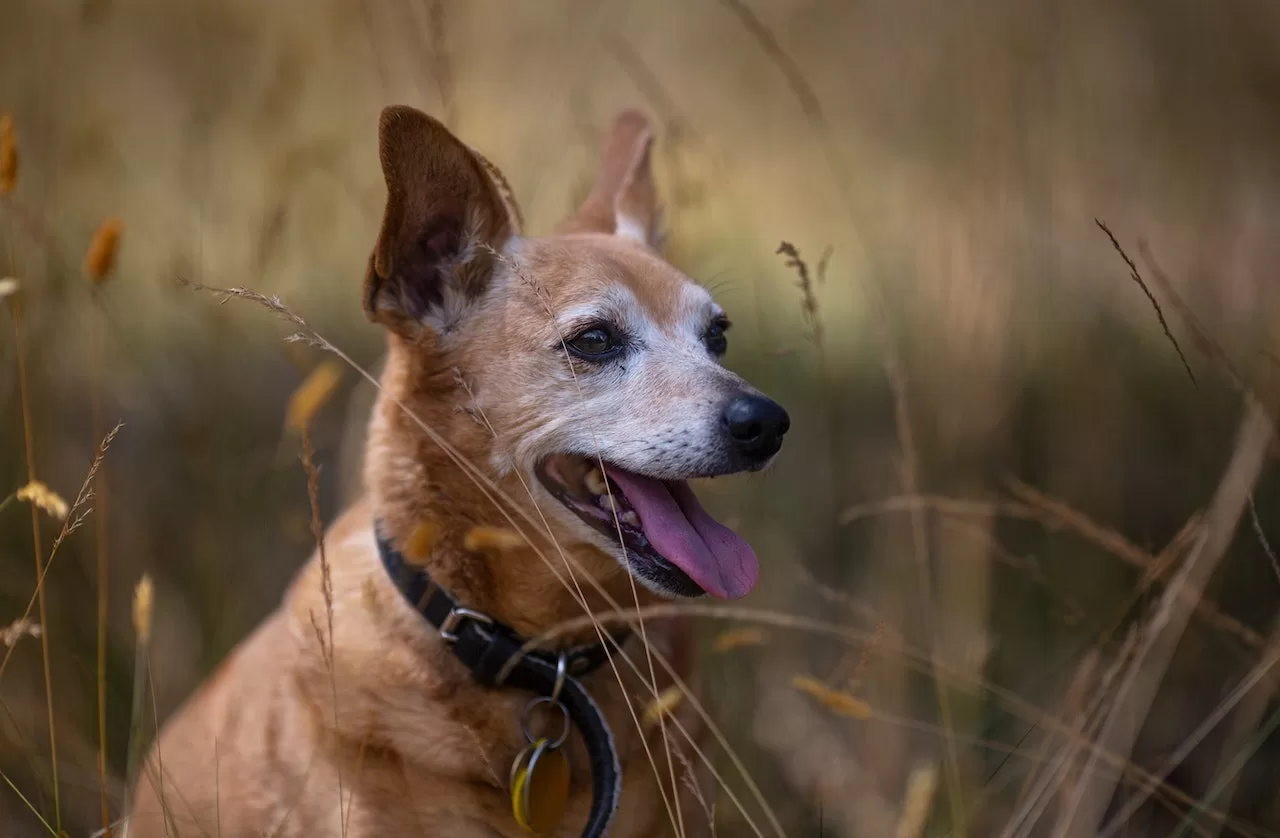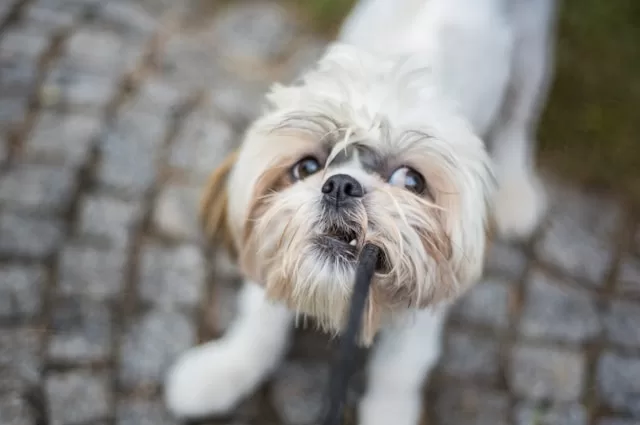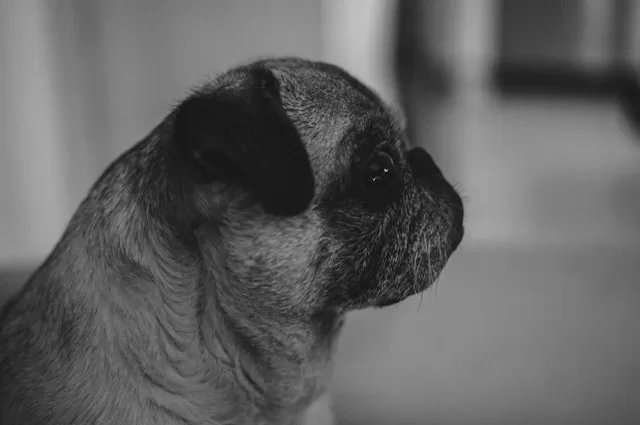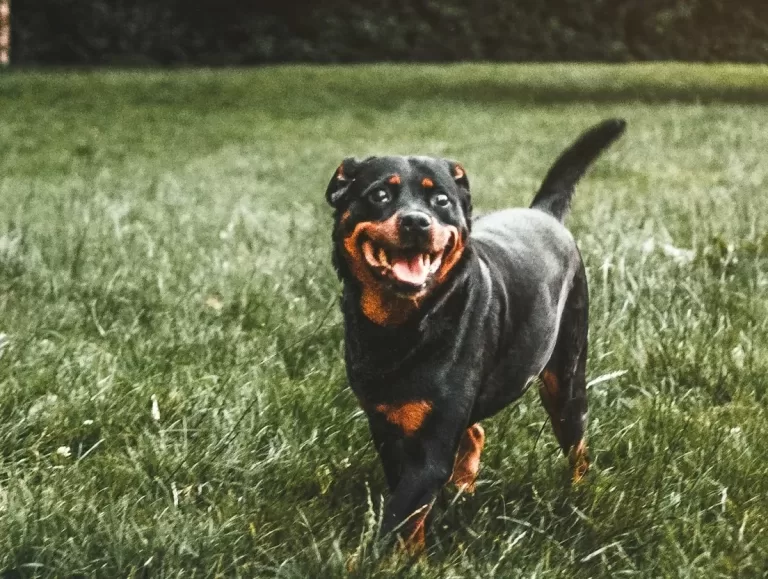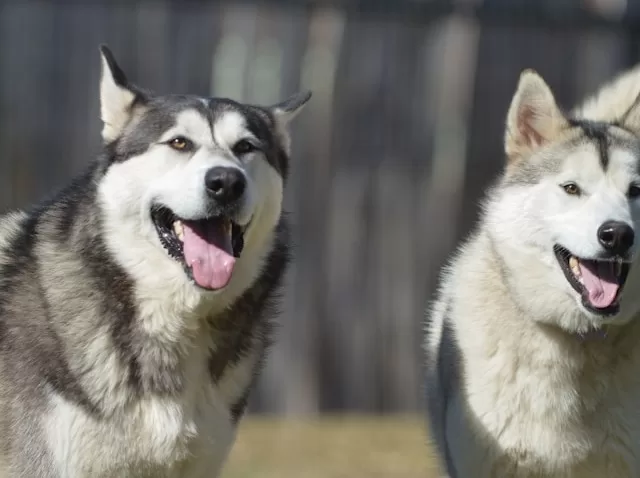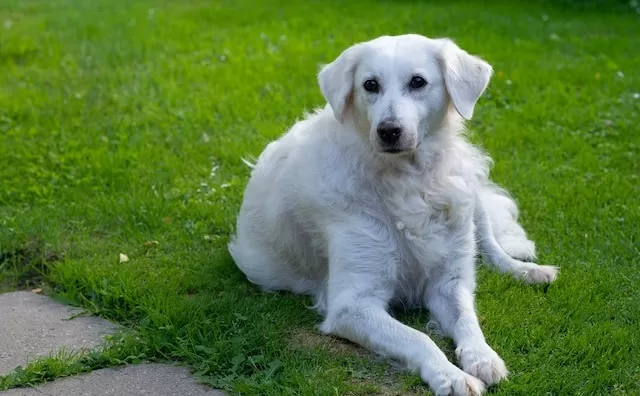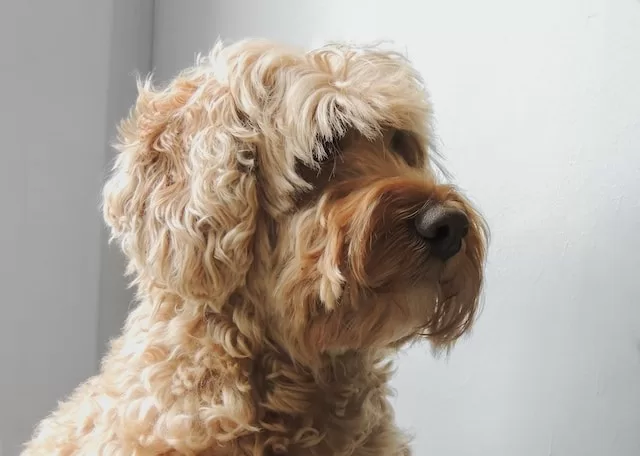As a responsible pet owner, providing your furry friend with the right dog bowl is crucial for their health and well-being. With so many options available, it can be overwhelming to make the best choice.
This aims to guide you through the process of selecting the perfect dog bowl, ensuring your pup’s comfort during mealtime. Let’s dive in.
Material Matters
Dog bowls come in various materials, each with its own pros and cons. Here are the most common options:
Stainless Steel: Highly recommended due to its durability, ease of cleaning, and resistance to bacteria buildup. It’s also non-toxic and doesn’t leach any harmful substances into your dog’s food or water.
Ceramic: Stylish and often decorated, ceramic bowls are heavier and less likely to tip over. However, they can chip or break if dropped, and some varieties may contain lead-based glazes. Choose certified lead-free options.
Plastic: Affordable and lightweight, plastic bowls are available in various colors and designs. However, they may scratch easily, harbor bacteria in scratches, and can contain harmful chemicals like BPA. Look for BPA-free bowls if you opt for plastic.
Size Matters
Selecting the right bowl size is essential to ensure your dog’s comfort. Here’s a simple guide to help you determine the appropriate size:
- Measure your dog’s snout to the back of their head.
- The bowl’s diameter should be at least equal to that measurement or slightly larger.
- For puppies, choose bowls that accommodate their expected adult size to avoid frequent replacements.
-
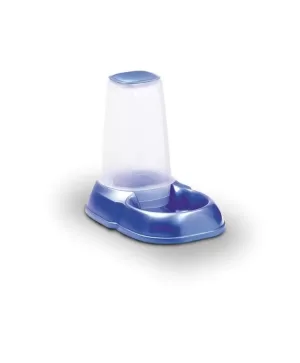 MAYA WATER DISPENSER L – 3.5 LAED 35.00
MAYA WATER DISPENSER L – 3.5 LAED 35.00 -
 MAYA WATER DISPENSER M – 1.5 LAED 30.00
MAYA WATER DISPENSER M – 1.5 LAED 30.00 -
 MAYA WATER DISPENSER S – 0.5 LAED 20.00
MAYA WATER DISPENSER S – 0.5 LAED 20.00 -
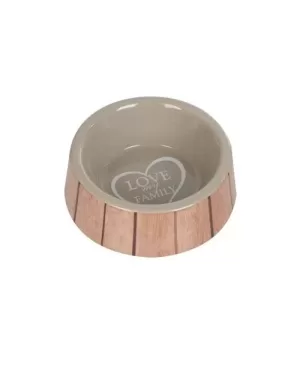 Flamingo Love and Family BowlAED 50.00
Flamingo Love and Family BowlAED 50.00 -
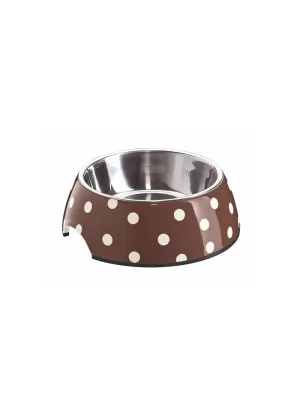 Hunter Melamine Bowl Dots LAED 67.00
Hunter Melamine Bowl Dots LAED 67.00 -
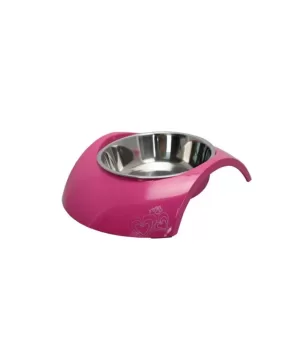 Rogz Luna Bowl Pink SAED 45.00
Rogz Luna Bowl Pink SAED 45.00
Design Considerations
While the design might seem secondary, it can affect your dog’s overall dining experience. Here are some design factors to keep in mind:
Elevated Bowls: These raised bowls can be beneficial for dogs with joint issues or mobility challenges, as they reduce strain on the neck and back. However, they may not be suitable for all dogs, so consult your veterinarian for advice.
Non-Slip Base: Opt for bowls with a non-slip base or consider purchasing a separate non-slip mat. This prevents the bowl from sliding around while your dog eats, minimizing mess and frustration.
Special Considerations
Certain dogs may have specific needs that require specialized bowls. Take note of the following considerations:
Brachycephalic Breeds: Dogs with short snouts, like Bulldogs and Pugs, may benefit from shallow bowls to help prevent them from sticking their entire face into the food.
Slow Feeder Bowls: If your dog tends to eat too quickly, consider a slow feeder bowl. These bowls have built-in obstacles or patterns that slow down eating, promoting better digestion and reducing the risk of bloating.
Overall
Choosing the right dog bowl is an important decision for your pet’s health and comfort. Consider the material, size, design, and any special requirements your dog may have.
By investing a little time in selecting the perfect bowl, you’ll ensure that every mealtime is a pleasant and enjoyable experience for your furry companion.

